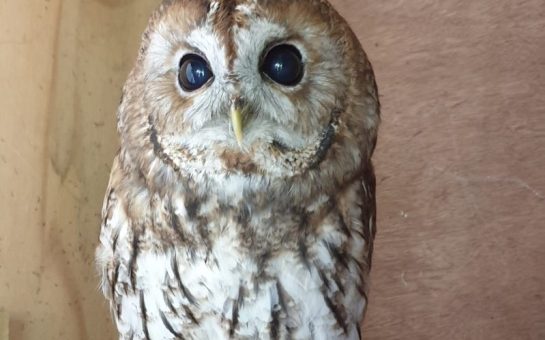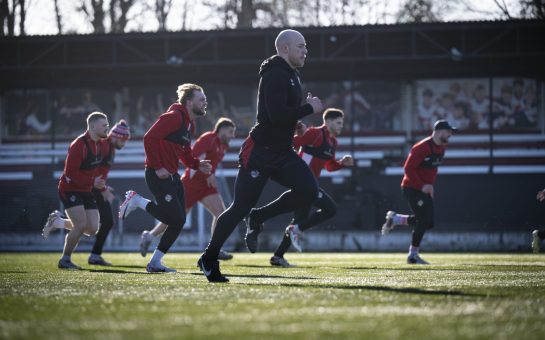The Aintree event is arguably one of the most famous and controversial horse racing events in the calendar
The death of animals in competitive sports is making headlines again with the arrival of the Grand National horse race.
The Aintree based event is arguably one of the most famous and controversial horse racing events in the calendar.
The death of the horse Battlefront in Thursday’s Fox Hunter’s Steeple Chase has reopened the debate on whether the fixture is unnecessarily cruel.
“Why should any animal be put in jeopardy for the sake of entertainment,” said a spokeswoman for the animal welfare charity, League Against Cruel Sports.
“Riders have a choice, horses don’t,” she added.
There have been 39 recorded horse deaths at the event since 2000.
The League would like to see the race disbanded altogether, saying that the racetrack adjustments, implemented after last year’s high death toll, did not go far enough.
Horse racing is not the only sport to have come under pressure regarding its animal welfare. Greyhound dog racing also has a reputation for animal cruelty.
The Retired Greyhound Trust (RGT) works closely with racing tracks, including the local Wimbledon track to ensure that well-being is maintained after a dog’s racing career is over.
They say that the welfare situation had improved for racing dogs over the last decade, and that now they were the most protected animal in legislation.
The RGT said that it managed to re-home just under 4,000 of the 8,000 retiring greyhounds last year.
“They make absolutely beautiful pet dogs,” sayid teacher Rebecca Welch, 27, from Croydon, who owned a retired racing greyhound rescued by a roadside.
Ms Welch said the dog home told her that Greyhounds were often drowned or abandoned at three or four years old, when they were deemed too old to race, and were often timid and scared.
She said: “I think it’s wrong for an animal to be made to compete. No animal should be put in that environment; it’s really hard on them.”
Photo courtesy of tpower1978, with thanks.
Follow us @SW_Londoner




